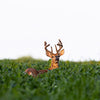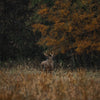Author: Ben Westfall
Source: National Deer Association
Deer are North America’s favorite game species, and millions of hunters take to the field each year to pursue these magnificent creatures. But they are also a keystone species, meaning that they help define their entire ecosystem. Without them, the landscapes they inhabit would be drastically different. Similarly, deer hunters are helping define ecosystems for other wildlife through their habitat work intended for the benefit of deer as well as by removing some deer through regulated harvest. That’s why deer, and deer hunters, are extremely important to conservation. Let’s look at five ways deer hunters are helping other wildlife as they work for deer.
Early Successional Vegetation
A major component of deer habitat is early successional vegetation (ESV), often referred to as “old fields.” Many landowners specifically create or maintain areas of ESV just for deer. Not only can these areas provide up to 4,000 pounds per acre of high-quality deer food, but they are also home to thousands of other mammals, birds, insects, amphibians and reptiles. Picture a lush sea of colorful wildflowers buzzing with bees, butterflies and birds.
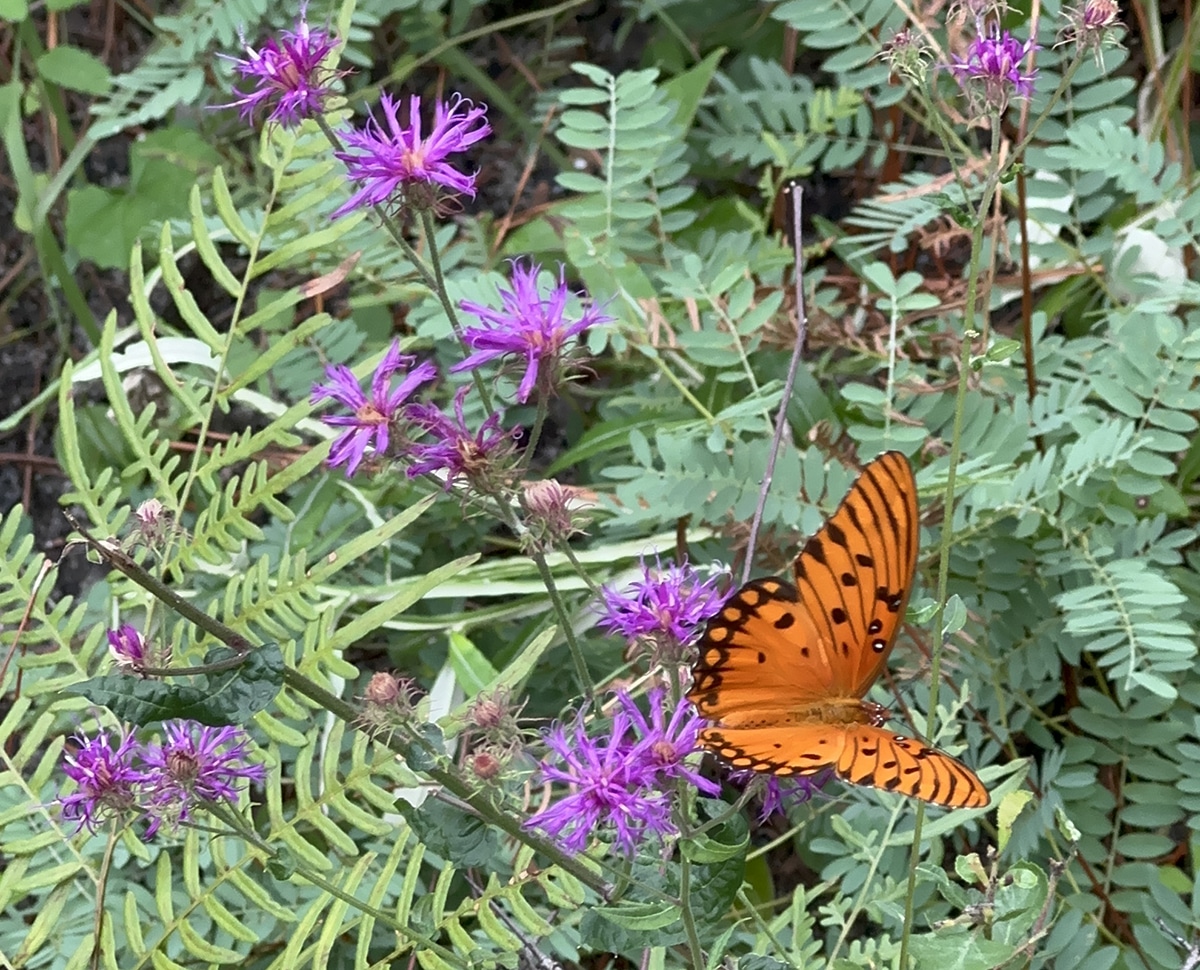
According to the U.S. Fish and Wildlife Service, pollinators play a vital role in maintaining ecosystems by helping over 80% of all flowering plants reproduce, and these plant communities are home to hundreds of species of pollinators, particularly bees and butterflies that are essential to conservation. Not only do bees help pollinate the food plots that we work tirelessly to establish for deer, but without them, nearly a third of all the food we need would not be available. I’d say that’s pretty darn important, and deer hunters are the ones making it happen.
Forest Stand Improvement
Forest stand improvement (FSI) is another practice commonly used by deer hunters to make an existing stand better for deer, but that’s not all that it does. By removing undesirable trees, more sunlight reaches the forest floor, stimulating the herbaceous understory while simultaneously reducing competition on the mast producing trees that deer and other wildlife rely on to thrive.
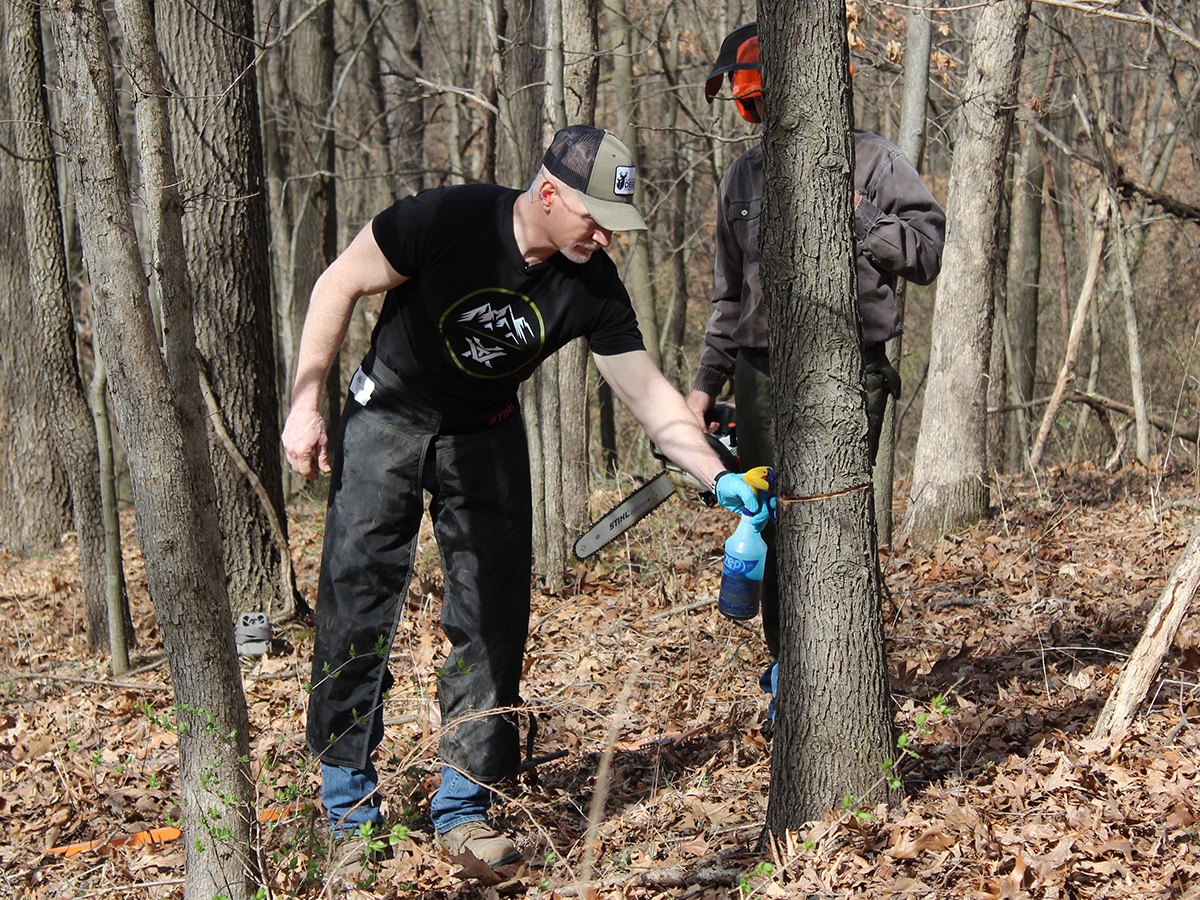
Dr. Craig Harper often refers to this as “having your cake and eating it too” while demonstrating FSI at our Deer Steward 2 course. Another piece of cake that FSI offers are “snags,” or standing dead trees that are achieved through a method known as girdle and spray. Snags are a crucial component of a healthy forest ecosystem and are home to over 100 bird and mammals species alone (in almost every state!). That’s not counting the myriads of insects, reptiles, and amphibians that snag some shelter in these trees. Plus, once they fall, they provide excellent nutrients back into the soil that supports fungi, microorganisms, and the plants that are now abundant thanks to the sunlight.
Prescribed Fire and Ticks
Tick populations are expanding their range across the country, and with that comes an increased risk of tick-borne illnesses such as Lyme disease, alpha-gal syndrome, anaplasmosis and more. Not only is this a threat to our own well-being, but tons of other wildlife species are susceptible to tick-borne illness and can suffer greatly.
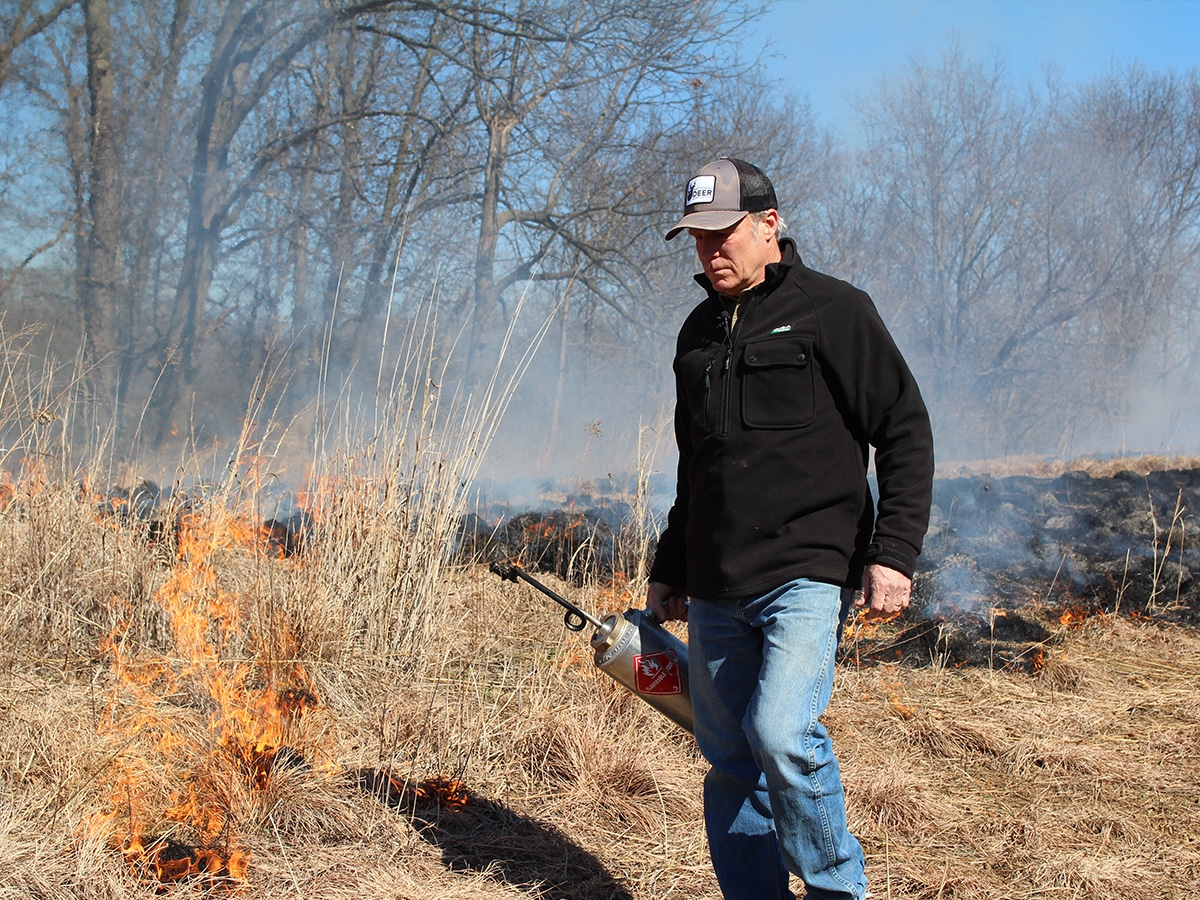
Although ticks may serve as a food source for some species, others aren’t quite as big of a fan. Moose are at a particular risk as ticks in the winter can lead to anemia, blood loss, and even death. Not only are some species of songbirds susceptible to tick paralysis, which is a temporary paralysis caused by a neurotoxin in the saliva of certain ticks, but our beloved cats and dogs are at risk as well.
But there’s hope! If you’re reading this, I’m sure you are somewhat familiar with the benefit of prescribed fire in regard to habitat management, but that’s not all. Recent research suggests that frequent low intensity fire can be an effective tool for reducing tick populations over time, while also improving wildlife habitat exponentially. Talk about having your cake and eating it too!
Conservation Funding
Hunters make up an incredibly important part of state wildlife agency funding. In fact, hunters are responsible for more than 80% of the operating budgets for most state wildlife agencies through license sales and Pittman-Robertson (PR) dollars. In turn, those agencies are the primary players in habitat and wildlife management throughout the country.
With roughly 10 million deer hunters on the ground (or in the trees), a significant portion of that funding is the direct result of purchases made in the name of deer. In fact, in 2021 alone, deer hunters contributed $294 million to state agencies through PR funding, opening the door for more than just deer-specific projects.
There are more than 40 federally listed threatened or endangered plant and animal species in my home state of Missouri including the unique Ozark hellbender. Thanks to funding from Pittman-Robertson dollars, restoration programs such as the Shepherd of the Hills Hatchery and partnerships with the St. Louis Zoo have allowed these “lasagna lizards” to survive while further action is taken to address the decline of the species.
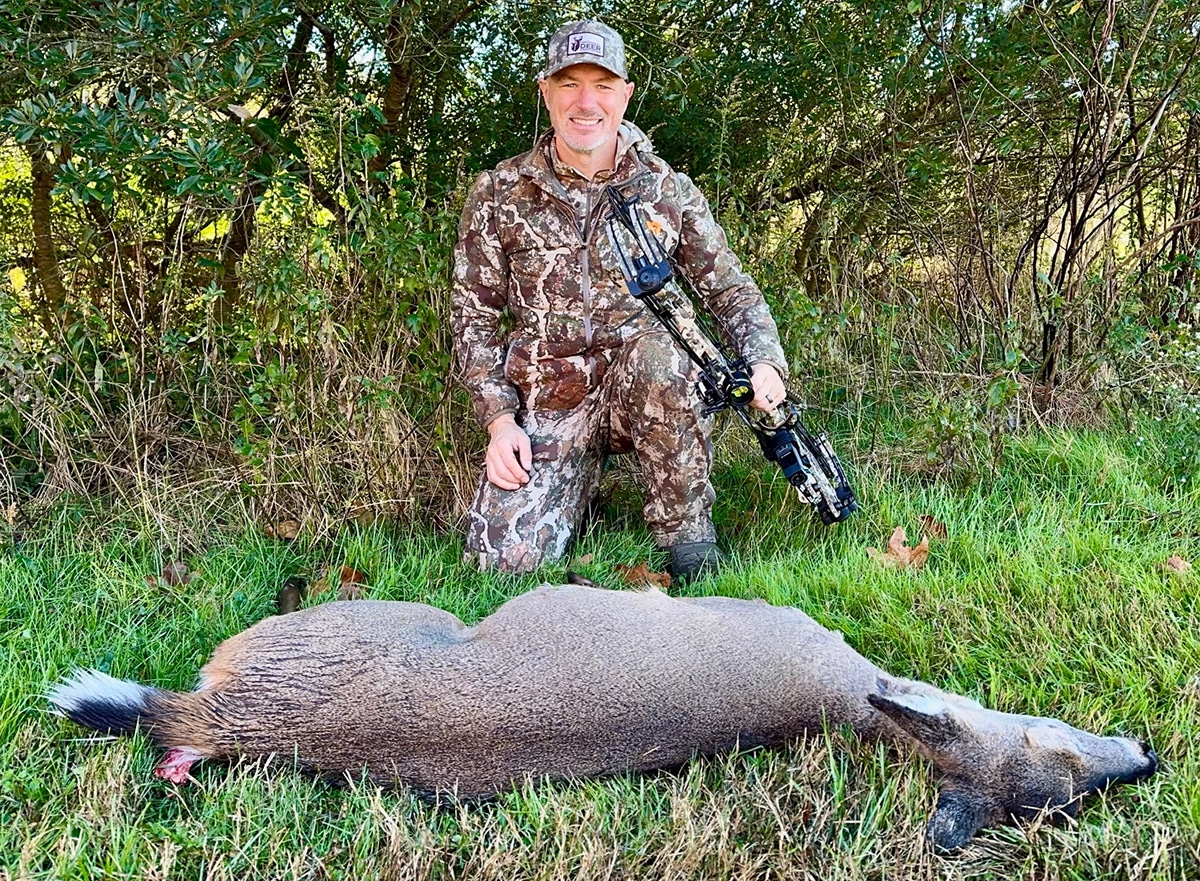
Deer Population Management
You’ll likely notice a common theme in this article: habitat management. But the most important way hunters promote other wildlife is through herd management: harvesting deer. As a keystone species, when deer are overabundant, they harm ecosystems and reduce plant and wildlife diversity. They overbrowse and destroy understory plants that feed and shelter many species. They prevent forest regeneration by devouring tree seedlings. They enable the proliferation of parasites like ticks. Many hunters know that doe harvest helps balance deer numbers with their habitat, which enhances deer health. But it is also enhancing ecosystem and wildlife health as well.
Deer hunters are the single most important predator of deer in North America, taking more than 6 million whitetails every year. All wild predators combined don’t even come close. Without hunters, deer numbers would explode, and wildlife diversity would suffer.
Deer hunters and managers routinely pour their blood, sweat, and tears into managing deer populations and improving the land specifically for deer, but their hard work has a tremendous impact on the other critters that call these places home. Much of the management done in the name of deer directly benefits hundreds of species, many of which are at risk, threatened, or even endangered. Hunters are conservationists, so next time you fire up that chainsaw or drip torch, or tag a doe for the freezer, you can rest easily knowing you’ve helped more than just the deer.



